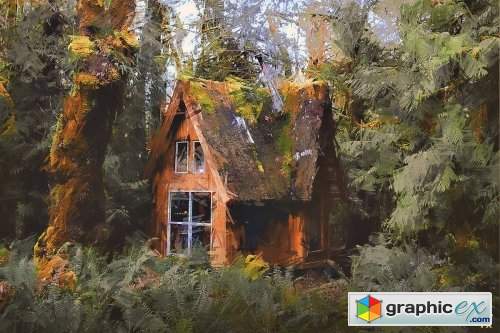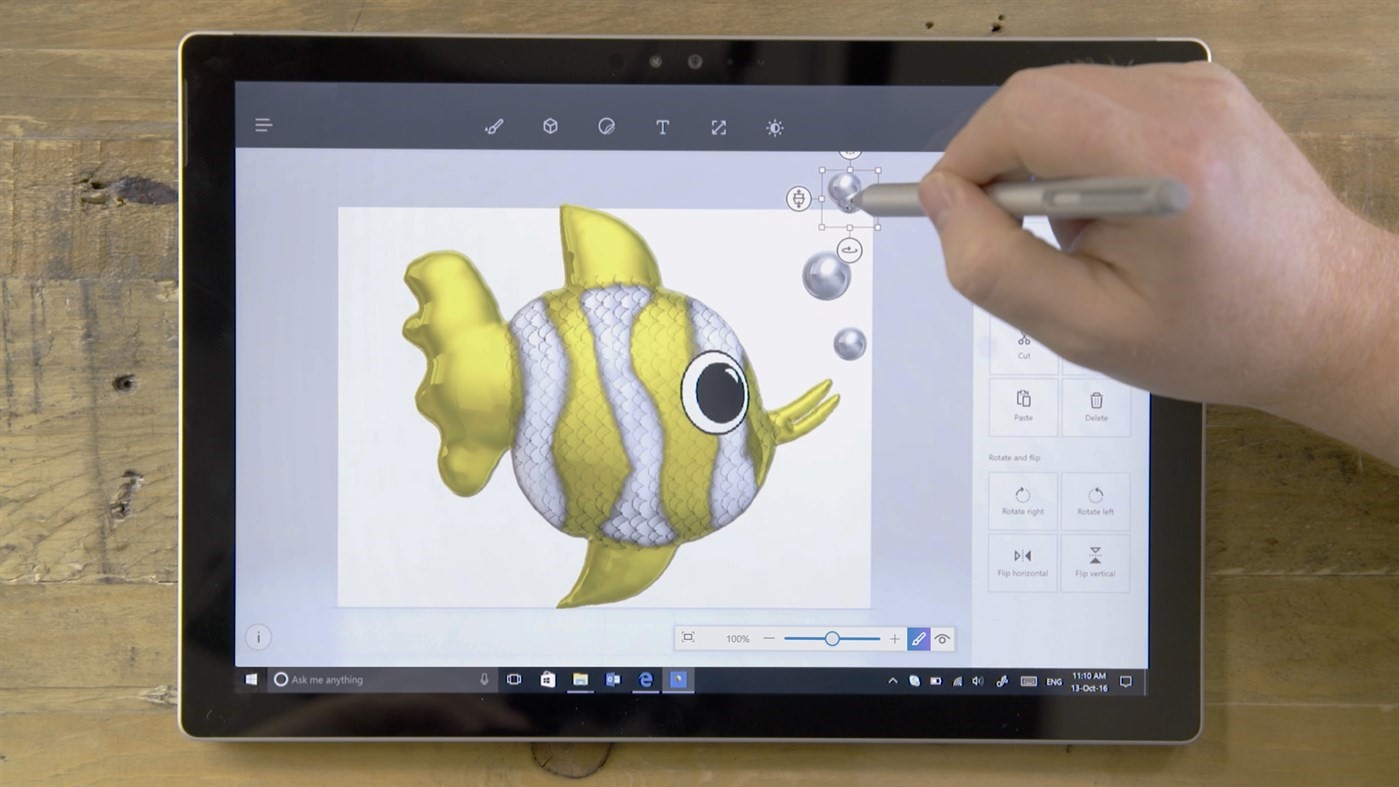

These are just a few examples, but with some unique ideas and formal training in a compositing program like The Foundry’s Nuke software, you can build up a variety of shots for your personal portfolio. Practice digital painting in Adobe Photoshop to learn how light and shadow are portrayed in the digital space. You could create and gather elements to build an out-of-this-world sci-fi scene. For example, you could gather footage and images to build out a large landscape. Keep in mind that as a compositor you have to be flexible with tasks because every new project will result in new and unique challenges.Įxperiment with a versatile palette of projects.

In smaller companies, a compositor may have to do all of these tasks, whereas in larger companies junior artists will generally be assigned rotoscoping and green screen keying duties. In some cases, the actor will be shot on a green screen so it's easier to remove the green and add in elements around and behind them. For example, if a scene features a 3D destruction element in the background with a character in the foreground, the actor will need to be rotoscoped out of the shot. This is essentially the drawing of outlines using a pen tool or other methods to separate an object from elements in the scene. Compositors also need to know the depth of field of shots and what camera/lenses were used to shoot plates before beginning a job.Īnother common compositing task is rotoscoping. This may include referencing color correction, matching specific shots to the entire film, matte painting requirements, and sourcing stock footage if needed. They will research different elements during the course of the pipeline. The daily routine of a compositor varies depending on the type and budget of the production. A compositor must be prepared to tackle many unique tasks.Ĭompositing reel by Nuke VFX Compositing mentor Jason Gottlieb. In Independence Day: Resurgence, the compositor's job was to destroy the world by mixing a bevy of destruction assets with 3D-modeled cities and live-action plates. The compositor may be in charge of creating entire worlds or merging worlds. Z-depth is basically a black and white representation of the depth of an object in a scene and is very important in compositing 3D elements. Once this is all rendered out, the compositor layers the missile, smoke, explosion, and building destruction into the shot, using color correction and z-depth to bring it all together. The animator animates the missile, and the FX artist adds smoke effects and an explosion with building destruction. Firstly the background is shot (referred to as a plate) that contains the building in the foreground and the cityscape in the background. For example, a script has a scene where a missile hits a building in a big city. What does a compositor do?Ī skilled compositor layers together various elements in a way that makes them appear to naturally belong in the same space. Compositing is the final step of the VFX pipeline. VFX compositing seamlessly integrates digital assets with live-action footage to bring together the final shot of a film or game.
#3D PAINT FX HOW TO#
Read on to find out what a compositor does, what they earn, and how to get started.
#3D PAINT FX TV#
SegmentEditorWidget.Compositors are in high demand as almost every production requires some form of compositing - from seamlessly integrating VFX shots with CG characters FX and environments to working on invisible VFX like stray hairs, rain, or fog in a TV show or commercial. Interactor.AddObserver(, onRelease, 10.0) Interactor = lm.sliceWidget("Red").sliceView().interactorStyle().GetInteractor() It was almost perfect, the only mistake was that the observer was added to the interactor style, while it should have been added to the interactor (because the interactor style only invokes event if the event is not processed): import logging tActiveEffectByName("Paint")Īfter activating the paint effect, onPress isn’t called when left button is pressed, and onRelease is called when left button is double clicked. tMRMLSegmentEditorNode(segmentEditorNode) SegmentEditorNode = slicer.vtkMRMLSegmentEditorNode() # To show segment editor widget (useful for debugging): segmentEditorWidget.show()

SegmentEditorWidget = slicer.qMRMLSegmentEditorWidget() # Create segment editor to get access to effects SegmentationNode.SetReferenceImageGeometryParameterFromVolumeNode(masterVolumeNode) SegmentationNode.CreateDefaultDisplayNodes() # only needed for display SegmentationNode = slicer.vtkMRMLSegmentationNode() MasterVolumeNode = sampleDataLogic.downloadMRBrainTumor1() SampleDataLogic = SampleData.SampleDataLogic() Style = rw.GetInteractor().GetInteractorStyle() Rw = lm.sliceWidget("Red").sliceView().renderWindow()


 0 kommentar(er)
0 kommentar(er)
